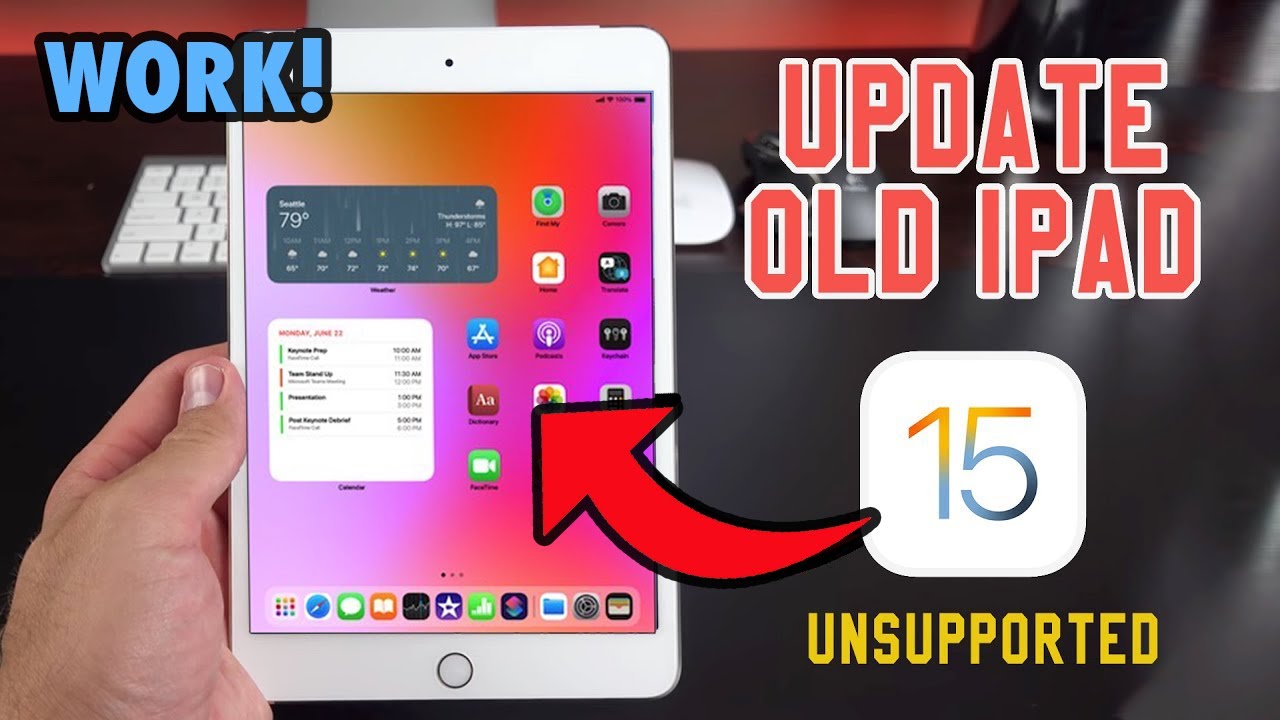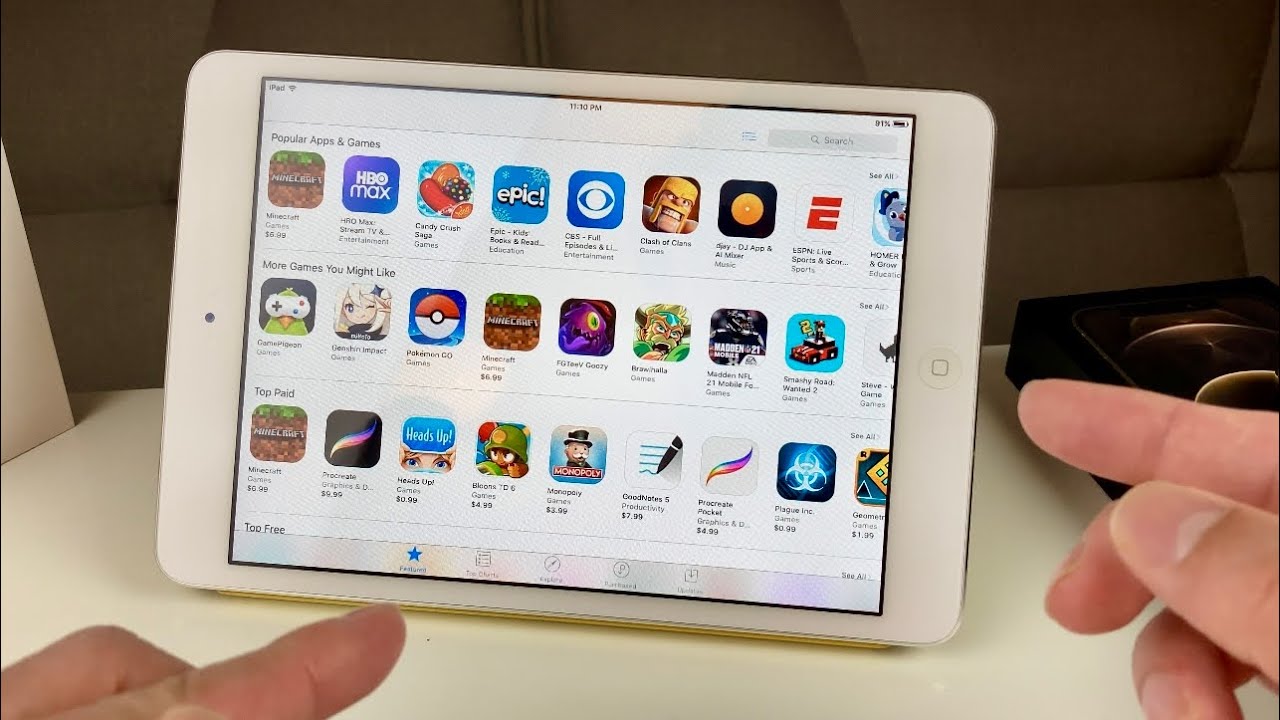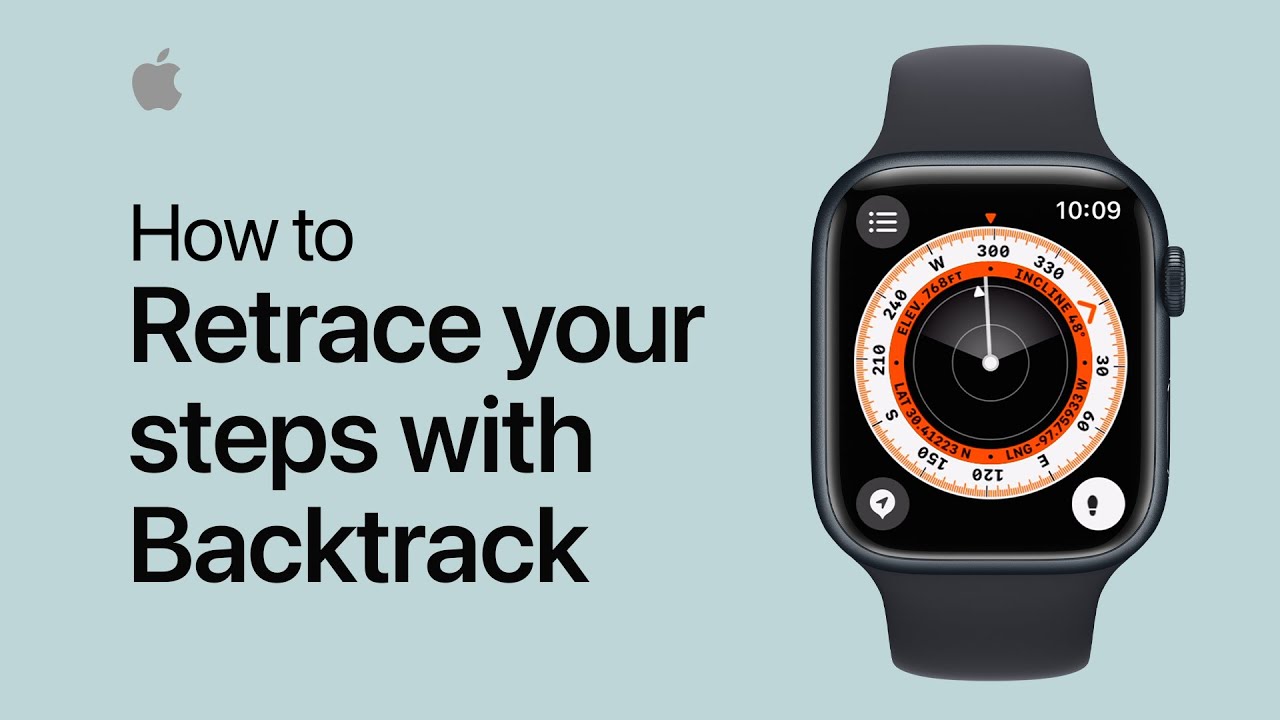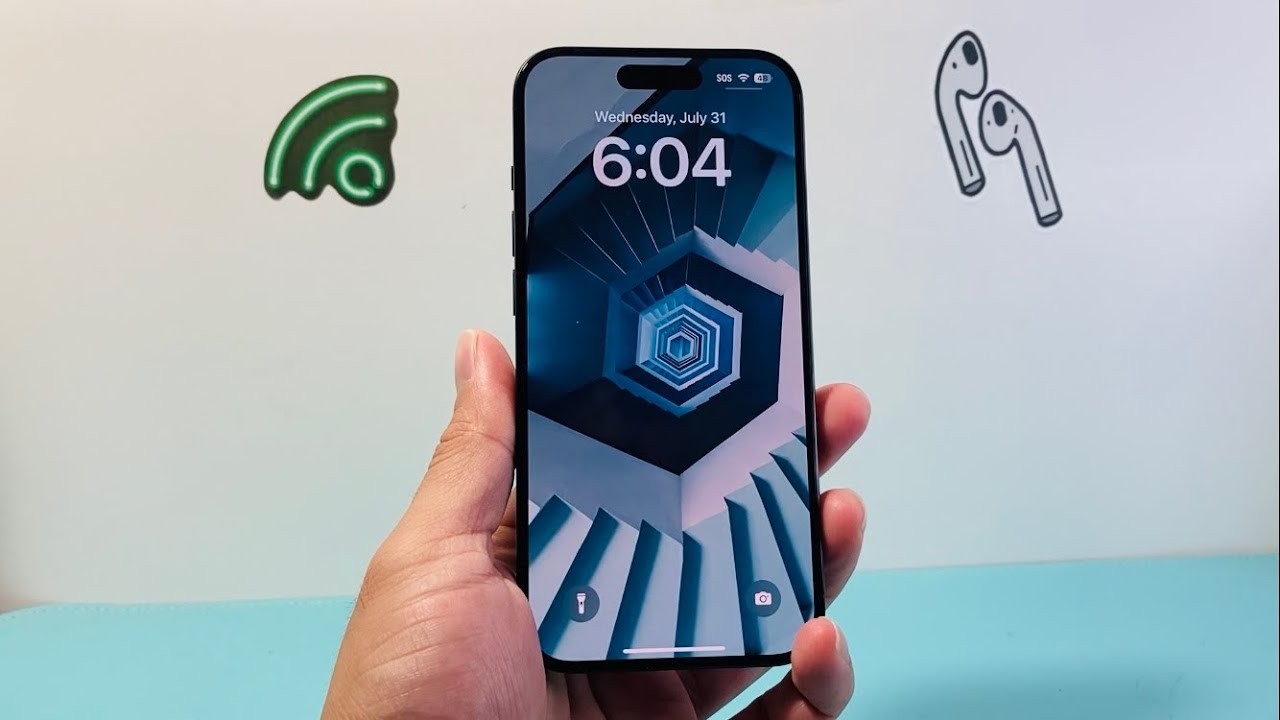To make the most of your Apple Watch, here are some key tips to get you started. In watchOS 10, access the flashlight by pressing the side button in Control Center, allowing you to choose between steady or flashing lights. Pin widgets to your Smart Stack by scrolling with the digital crown and holding your preferred widget. Locate your iPhone by tapping the Ping button in Control Center, or use the Camera Remote app to take photos with your iPhone. Enable Apple Watch mirroring via iPhone settings for on-screen navigation. Additionally, manage multiple timers in the Timer app, take screenshots, and use voice dictation for text replies.
Summary:
– Access the flashlight in watchOS 10 by pressing the side button in Control Center, with options for steady or flashing lights.
– Pin widgets to your Smart Stack by scrolling with the digital crown, holding the widget, and selecting the pin option.
– Locate your iPhone by tapping the Ping button in Control Center, or use the Camera Remote app to take photos remotely with your iPhone.
– Enable Apple Watch mirroring via iPhone settings under Accessibility for on-screen navigation of your watch.
– Manage multiple timers in the Timer app, take screenshots, and use voice dictation for text replies directly from your Apple Watch.









